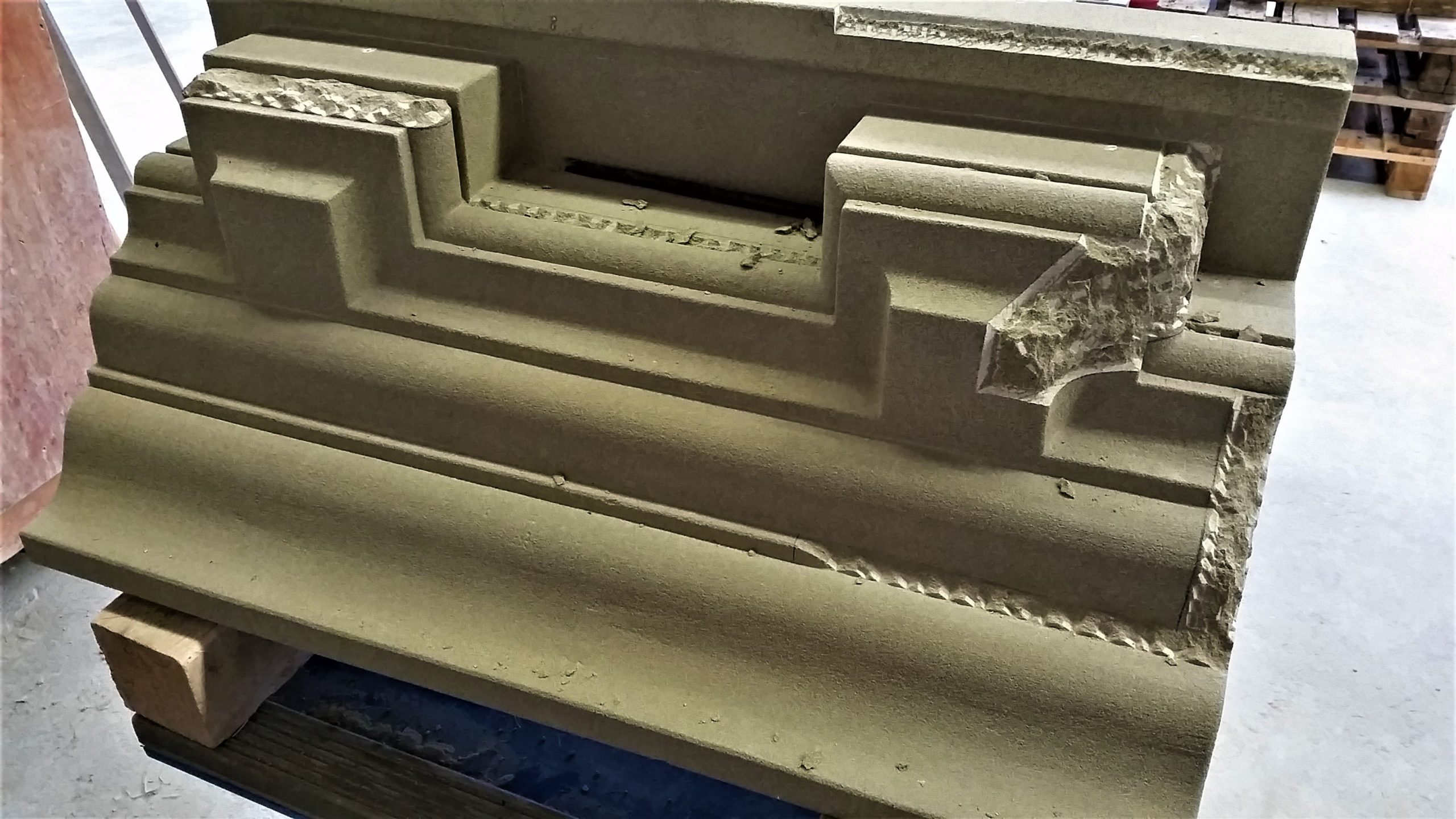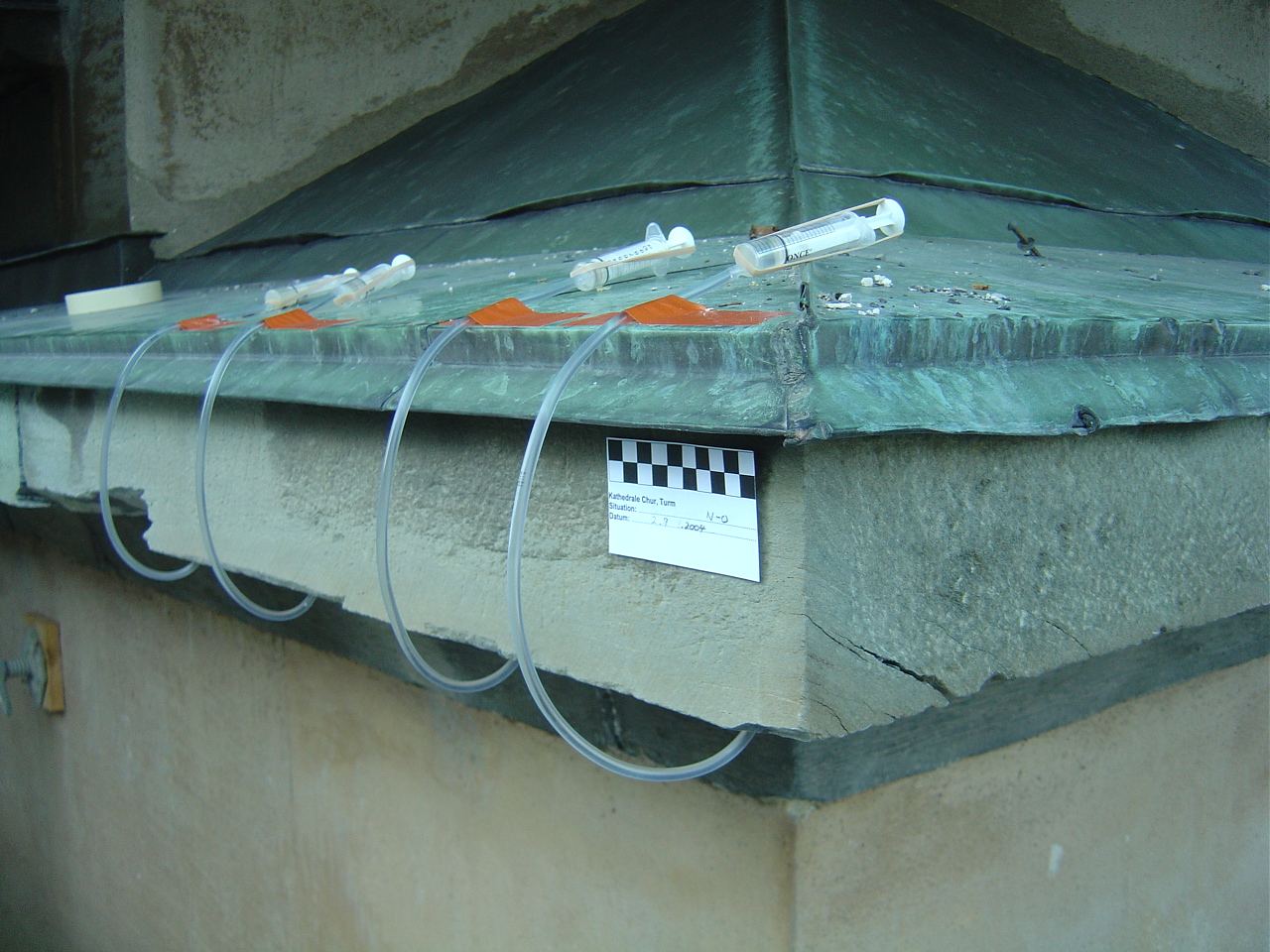Stonemasonry Today
The stonemason’s job description has changed dramatically in the last 50 years. Creating and fitting new and replacement pieces is still a part of the job, but is done far less than it used to be. Nowadays, the motto in our profession is: keep and conserve everything, as far as is possible and sensible. In the past, old buildings would be torn down because they weren’t considered attractive any more, then rebuilt according to the latest ideal of beauty. These days old listed buildings are left as close as possible to their original state.
Too often, structures that bore witness to times long past were razed to the ground in a matter of days. More recent examples of such wanton vandalism are the damage to Palmyra by ‘Islamic State’ and the destruction of the mausoleum of Sidi Mahmoud Ben Amar in Mali. But you don’t need to go far to find such crimes against humanity’s cultural heritage. The ‘Haus Nideröst’ in the canton of Schwyz was the oldest wooden house in Switzerland, probably even all of Europe. It was built in 1176 – over a hundred years before the Rütlischwur! (The Rütlischwur (Rütli Oath) is the legendary oath that was supposedly sworn at the founding of the Old Swiss Confederacy, by members of its three original cantons.) In 2001, it was torn down with the permission of the cantonal council.
Pieces of stone being reprofiled as part of training
To avoid such losses, even at a small scale, ‘modern’ stonemasons learn many techniques that enable them to preserve old pieces of work while still giving them a new gleam. One of these techniques is reprofiling damaged stone using specialised reprofiling mortar.
Reinforcing stone and fixing cracks – work by Felix Hotz, master sculptor and stonemason, craftsman specialising in the conservation of monuments
Since each type of stone sustains different damage with age, each situation must be dealt with individually. So, a stonemason also knows how to preserve stone that has lost its structural integrity.
It is important to mention that the debate about the right way to deal with old buildings and monuments dates back to the start of the nineteenth century and can probably never be settled once and for all. In addition, there is the question of whether the trade itself is not also a legacy worth protecting, and how we can prevent it from dying out, since the knowledge of a trade dies with the people who master it as soon as it is no longer needed and practised.





